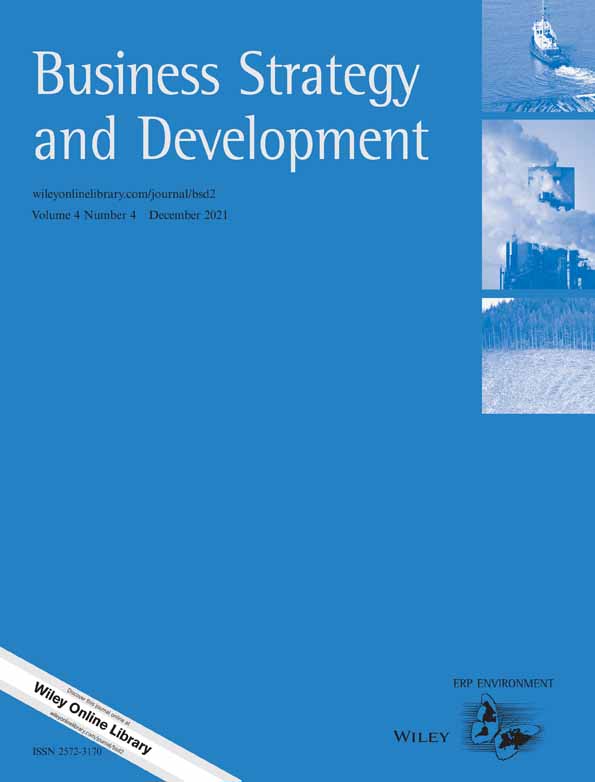The location of and threats to biodiversity are distributed unevenly, so prioritization is essential to minimize biodiversity loss. To address this need, biodiversity conservation organizations have proposed nine templates of global priorities over the past decade. Here, we review the concepts, methods, results, impacts, and challenges of these prioritizations of conservation practice within the theoretical irreplaceability/vulnerability framework of systematic conservation planning. Most of the templates prioritize highly irreplaceable regions; some are reactive (prioritizing high vulnerability), and others are proactive (prioritizing low vulnerability). We hope this synthesis improves understanding of these prioritization approaches and that it results in more efficient allocation of geographically flexible conservation funding.
DOI:
https://doi.org/10.1126/science.1127609
Skor altmetrik:
Jumlah Kutipan Dimensi:



















